Two massive icebergs break off Nansen Ice Shelf, Antarctica
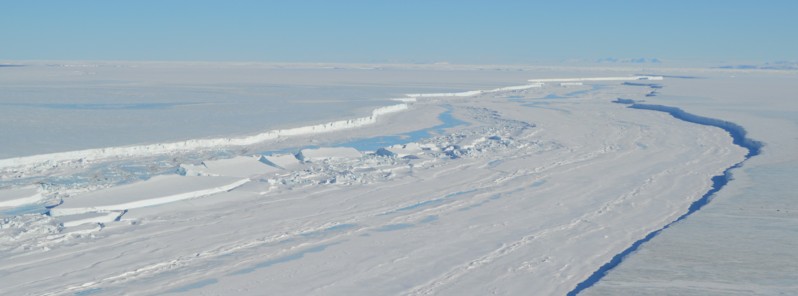
Two massive icebergs broke off the Antarctic coastline over the weekend, threatening valuable scientific equipment deployed by New Zealand's National Institute of Water and Atmospheric Research (NIWA). NIWA scientists have been monitoring satellite images of the Nansen Ice Shelf at Terra Nova Bay, about 285 km (177 miles) from Scott Base, as part of field work planning for next summer.
On April 10, 2016, NIWA oceanographer Dr. Craig Stevens using NASA satellite images, spotted two separate icebergs had broken off the ice shelf. They are between 5 and 15 km (3.1 and 9.3 miles) in length, up to 5 km across, and could be as much as 100 m (328 feet) thick, according to NIWA.
Birth of #Antarctic Nansen ice shelf #icebergs (~50km2&100km2). More 2 come #Sentinel1 & #Sentinel2! #watchthisspace pic.twitter.com/jCTPwWEenh
— Mark Drinkwater (@kryosat) April 11, 2016
A small crack in the Nansen Ice Shelf was first spotted in December 2013 but has since grown rapidly and at the beginning of 2016 was spreading almost across the entire width of the ice shelf. The shelf is about 50 km (31 miles) long and 30 km (18.6 miles) wide.
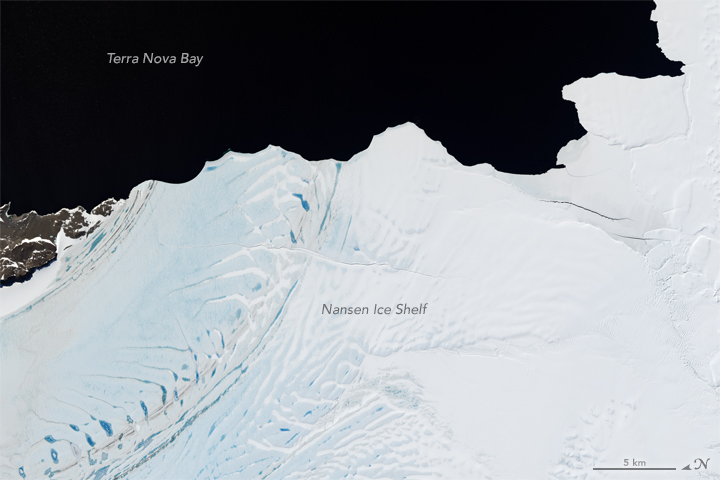
A crack in Nansen Ice Shelf, Antarctica as seen on December 26, 2013. Credit: USGS / Landsat-8
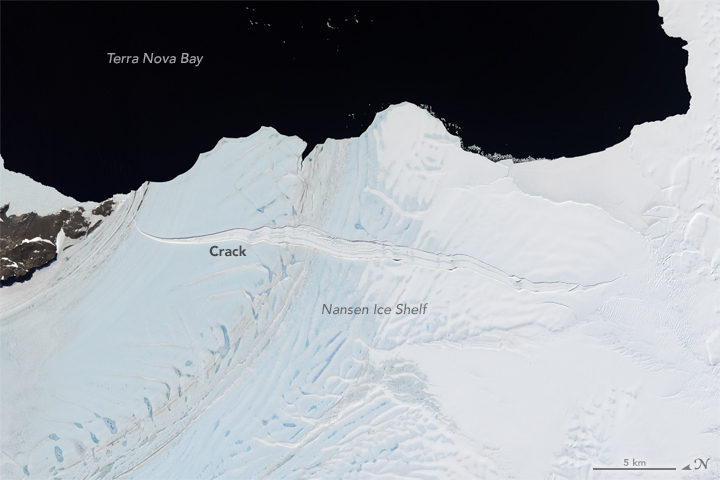
Nansen Ice Shelf ready to shed an iceberg into the Southern Ocean on December 16, 2015. Credit: USGS / Landsat-8
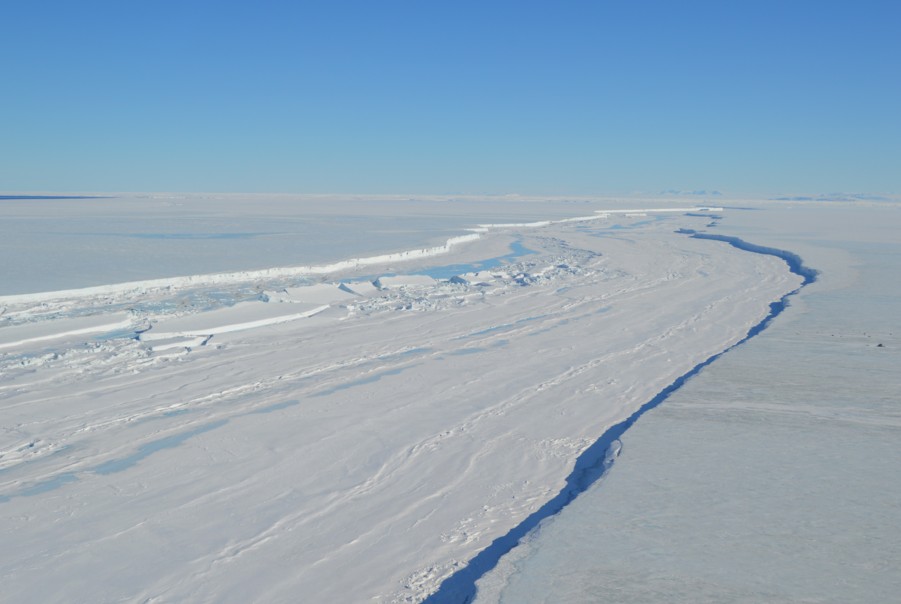
A crack in Nansen Ice Shelf – December 2015. Image credit: Christine Dow and Ryan Walker, NASA/Goddard
A NIWA mooring was deployed deep into Terra Nova Bay from the Korean ice breaker Araon as part of a collaborative programme between New Zealand and Korea. The mooring was into its second year of operation and contains sensitive and highly valuable scientific equipment that measures current temperature and salinity to help understand the effects of climate change sea ice and ice shelves. There were plans to recover it early next year.
However, NIWA oceanographer Dr. Mike Williams said today the icebergs that have broken off the ice shelf are so deep they could catch the top of the mooring and drag or break them if the icebergs drift over the mooring.
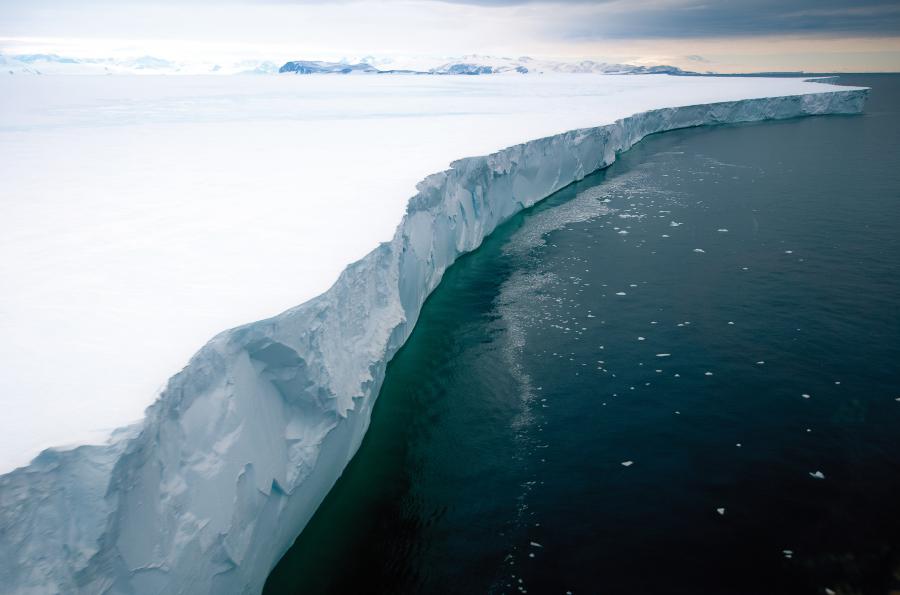
Nansen Ice Shelf – January 2012. Credit: Craig Stevens / NIWA
“We won’t know until we go back next summer whether it is still there. We could lose a whole year of data. If that happens it will leave a gap in our research and that’s unfortunate
“However, it is a risk we have to take – we could see the crack from satellite images but predicting when an ice shelf will calve is difficult. It could have happened any time in the next five years.”
The mooring is part of New Zealand’s contribution to the Southern Ocean Observing System, an international consortium to better observe changes in the Southern Ocean. A similar mooring, installed by the US is also at risk. However, another NIWA mooring stationed to the south should be safe from these icebergs.
The Koreans have a weather station now situated on one of the icebergs.
See also:
The following video was recorded a few months ago about 25 km (15.5 miles) away from Scott Base, the location of NIWA researchers. In the video, NIWA marine physics technician Brett Grant gives a tour of their Antarctic field camp and explains how they are conducting research into sea ice in the coldest place on the planet.
Featured image: A crack in Nansen Ice Shelf – December 2015. Image credit: Christine Dow and Ryan Walker, NASA/Goddard

We have been tracking the ice shelf fracture system for the last 2 years with the Copernicus Sentinel-1A and more recently with Sentinel-2A. We plan to go out with a story showing some of these imagery soon, now the icebergs have been released.
Thanks, Mark. Looking forward to Sentinel imagery!
Here’s a preview of the video I’m uploading:
Tsunami vs. Antarctic Ice – *based on historical records
Antarctica was pulverized – sending mountains of ice into the Pacific, Drake’s Passage and the South Atlantic:
Please turn your video “setting” to HD / 1080
and set to full screen –
so you can see the text – hopefully you can see it:
https://www.youtube.com/watch?v=F4iPFFclcbQ